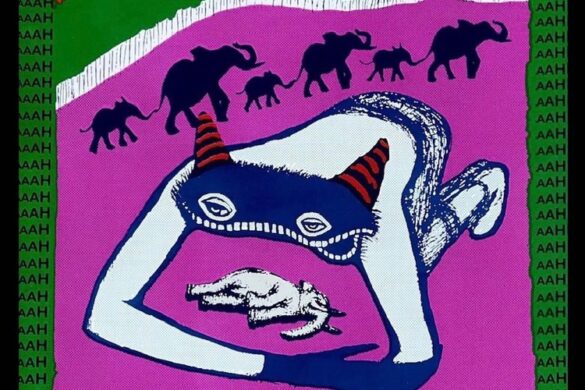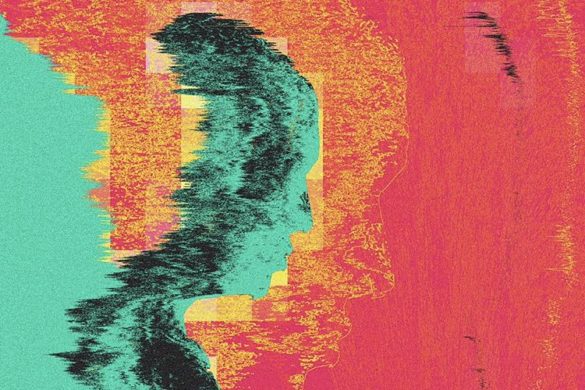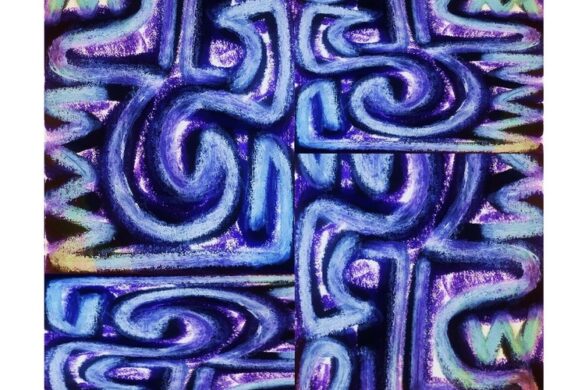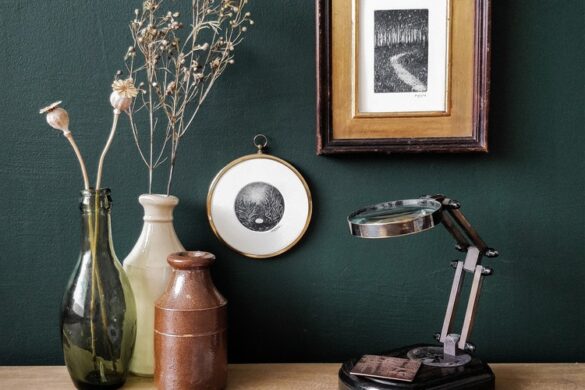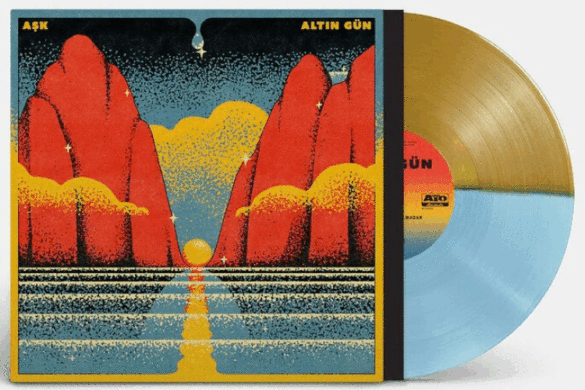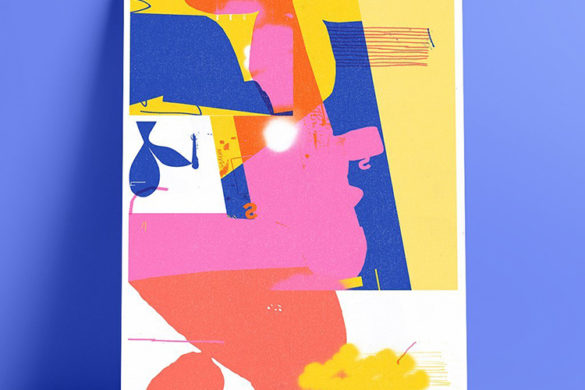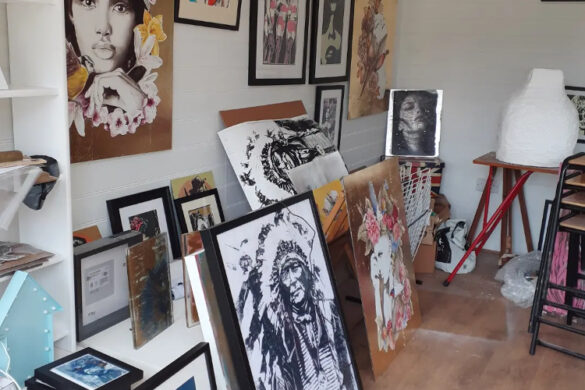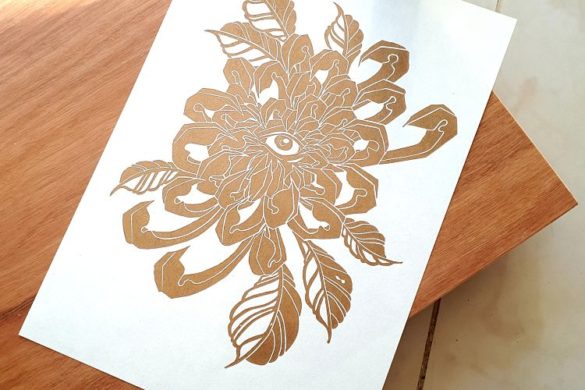Euphrosyne Andrews explores numerous print mediums throughout her creative practice and assembles installations exhibiting her processes on various materials. She plays with typical procedures applied in traditional print methods; changing the process by incorporating techniques inspired by modern printmaking. This way of working and displaying her designs gives her textile works an unusual quality as though they are a fine art object within the exhibition, rather than a fashion garment. The final outcome displays a brisk yet refined certainty; behind the simplicity there is a thorough and well developed concept deriving from personal inspirations.
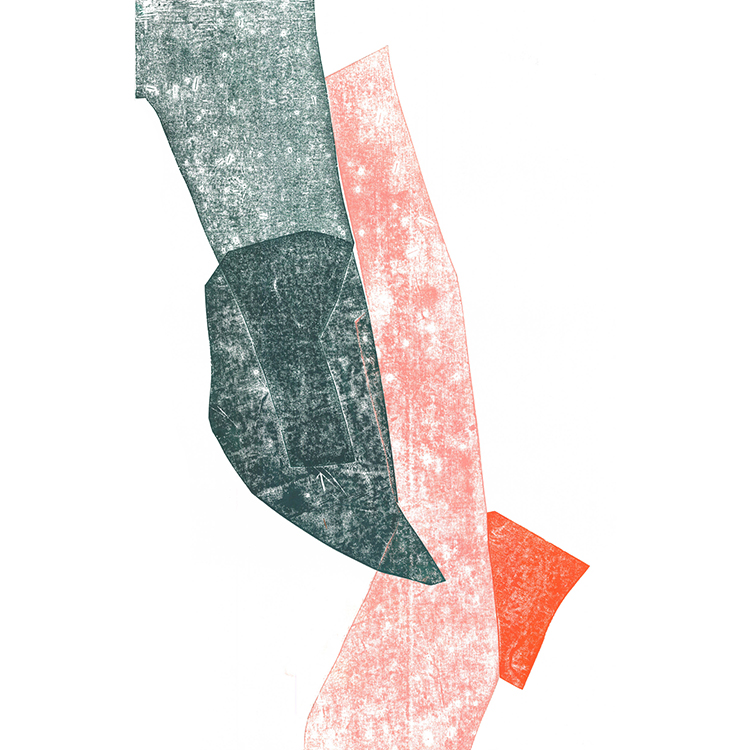
—Hi Euphrosyne! Tell us a little bit about yourself and your background.
I have recently graduated from Fine Art Painting and Printmaking at Glasgow School of Art, and am now living and working in London. I moved to London to take up a place at the Royal Drawing School on their postgraduate program.
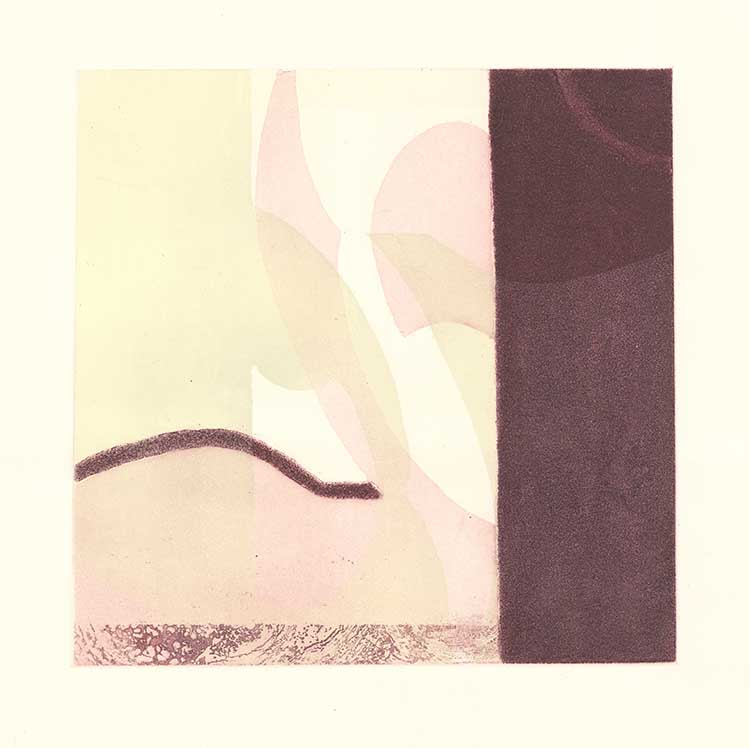
—What inspires your colours, patterns and designs currently?
Since starting at the Royal Drawing School I have spent a lot of time drawing either directly from observation or from a memory of something particular, be it a colour or motif that has inspired me. I think this way of working has had a big influence on my work recently; taking forms, compositions and colours of the everyday to use as ornamental reference in prints. The work of Howard Hodgkin is a huge inspiration for my current work, along with the amazing use of space, composition and colour in the work of Sienese Painters.
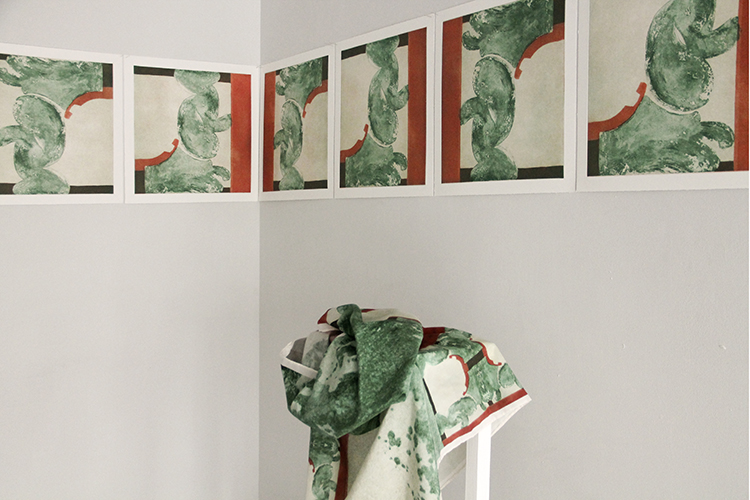
-It appears to me that you use many different print techniques and materials throughout your practice. Do you have any favourites and why?
My work is underpinned by an interest in exploiting the traditional relationship between the ornamental motif and the multiple, particularly within printmaking. I have worked extensively with etching, as I am very interested in the conventional method of creating the multiple, in the form of an edition of prints. This very labour intensive process exists as one of the earliest methods of circulating an image. In relation to ornament and pattern – I find this a very interesting juxtaposition to many of the modern methods of reproduction such as digital printing or screen-printing. The nature of etching as a very considered process is another reason I am drawn to it, and am interested within my prints to reverse this approach, creating very quick marks, allowing for chance to have a role in the production of an image. This is similar to with the process of open screen printing which is used only to produce a one off image, referencing contemporary painting rather than the decorative connotations of the multiple.
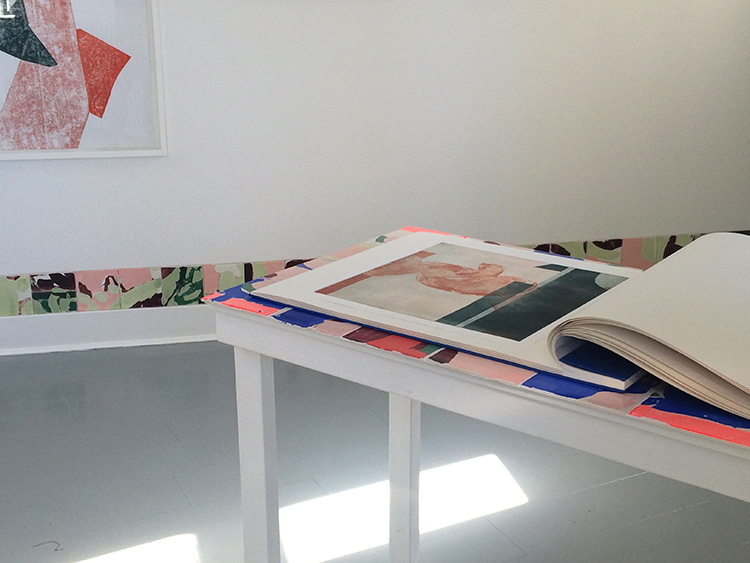
-I think its wonderful seeing the same design displayed on paper and fabric right next to each other, like in your ‘Private Abode’ exhibition. It’s as though your prints are a representation of a fabric object. Can you tell us about your process and how you arrived at this utilization of materials?
The common distinctions made between textiles and painting, craft and fine art has been an important focus for my work, mixing references to decorative domestic art, and painting within one installation. Textiles are exhibited frequently in galleries solely as a vehicle for paintings, but I want to complicate this relationship in the way in which the two materials are displayed and converse with each other. The simultaneous use of fabric and paper explores the uncertain position of the applied and fine arts, the relationship of traditional processes of creating the multiple with that of digital textiles printing of today, whilst evoking connotations of the domestic interior in the curation or work.
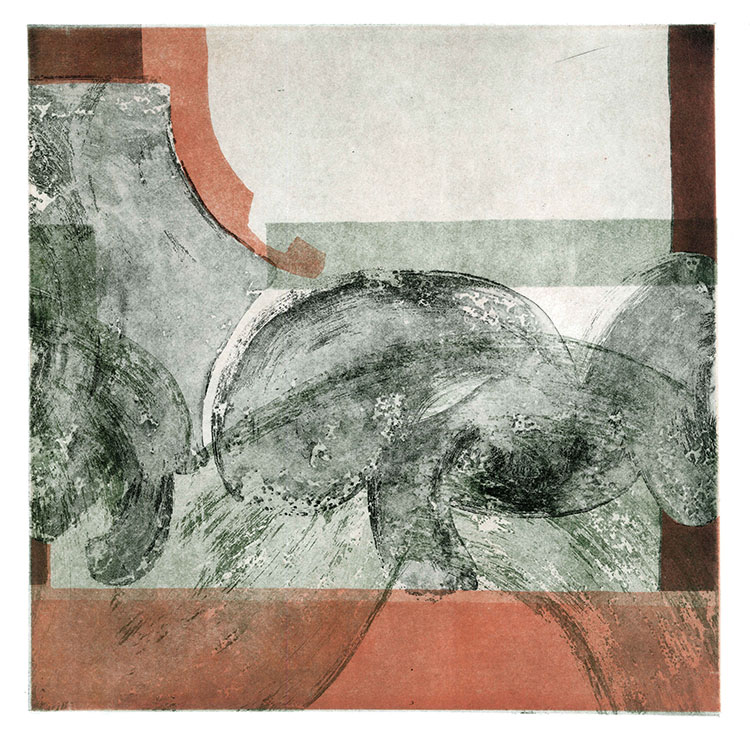
-Finally we’re interested to find out what you are working on now and where you see yourself going next.
I am currently producing work for RSA New Contemporaries in Edinburgh early next year, and have also been invited to exhibit work for Visual Arts Scotland’s annual exhibition. For these I am working on a diverse collection of etchings and a series of large scale textile pieces. I am very excited to start working on a new body of work focusing on the process of weaving. The ideas of the domestic, functional and decorative connotations of textiles are evidenced in the historical role of weaving, particularly in tapestries, which exist simultaneously as a recognized art form and a domestic, functional object. I am hoping to explore the historical context of weaving in a contemporary setting, creating a body of work which blurs the boundaries of the applied and fine arts.
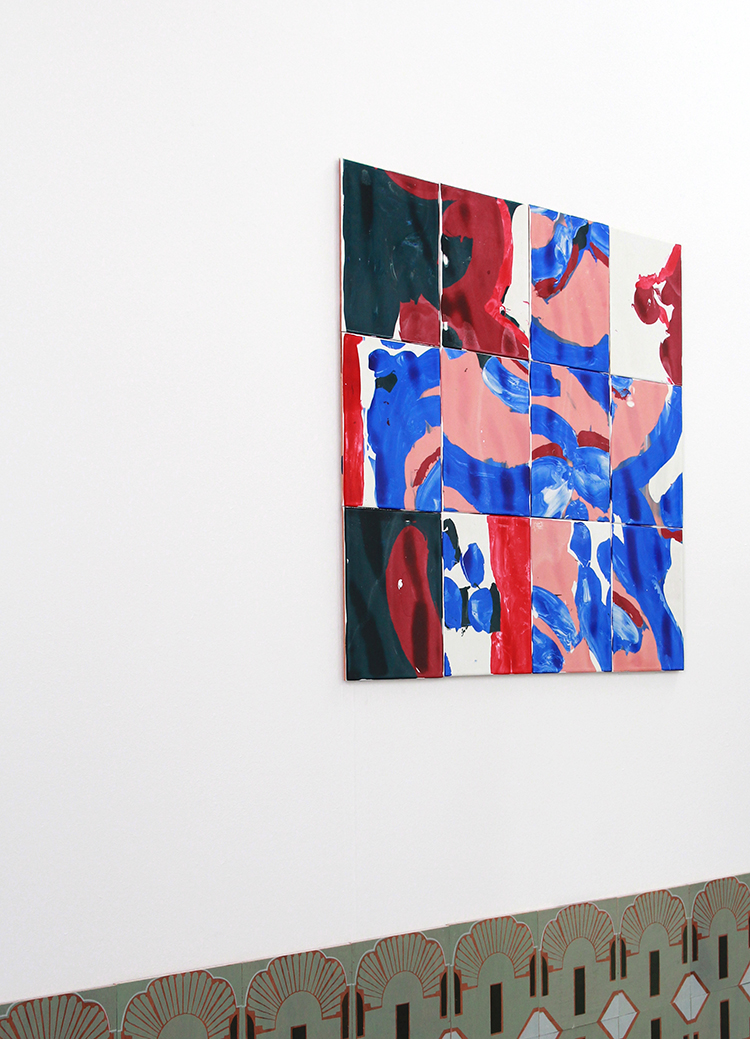
- Euphrosyne Andrews | Interview - December 16, 2015
- Dawson Murray - December 14, 2015

